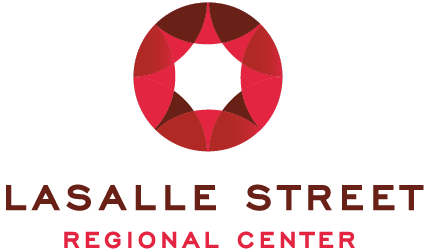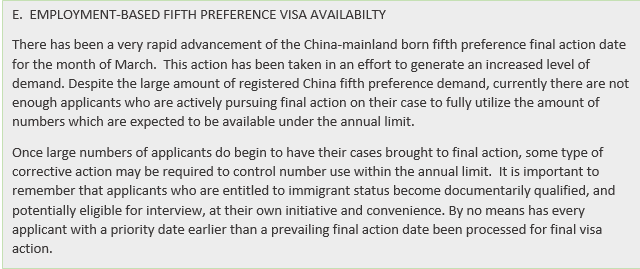Wednesday, May 27, 2020
U.S. Government has been busy considering how to use immigration policy as a tool to mitigate COVID-19 crisis. Up till now, EB-5 program has not been harmed, except some threats, such as Senator Grassley sent a letter to the president suggesting to extend the current immigration crackdown amid coronavirus to include guest workers, student trainees, and EB-5investors.
Many industrial stakeholders expect that EB-5 applicants might benefit indirectly next year from measures that prevent visas from being issued in other categories this year. The latest Visa Bulletin revealed continued advancement for EB-5 cut-off dates.
The final action dates for EB-5 visa applicants from countries that are experiencing a visa backlog on the June 2020 Visa Bulletin are:
• China: July 15, 2015 (advanced 2 weeks from the May Bulletin);
• India: January 1, 2020 (advanced 2 months from the May Bulletin);
• Vietnam: April 22, 2017 (advanced 3 weeks from the May Bulletin).
Reference:
Visa bulletin. Washington, D.C.:U.S. Dept. of State, Bureau of Consular Affairs.

